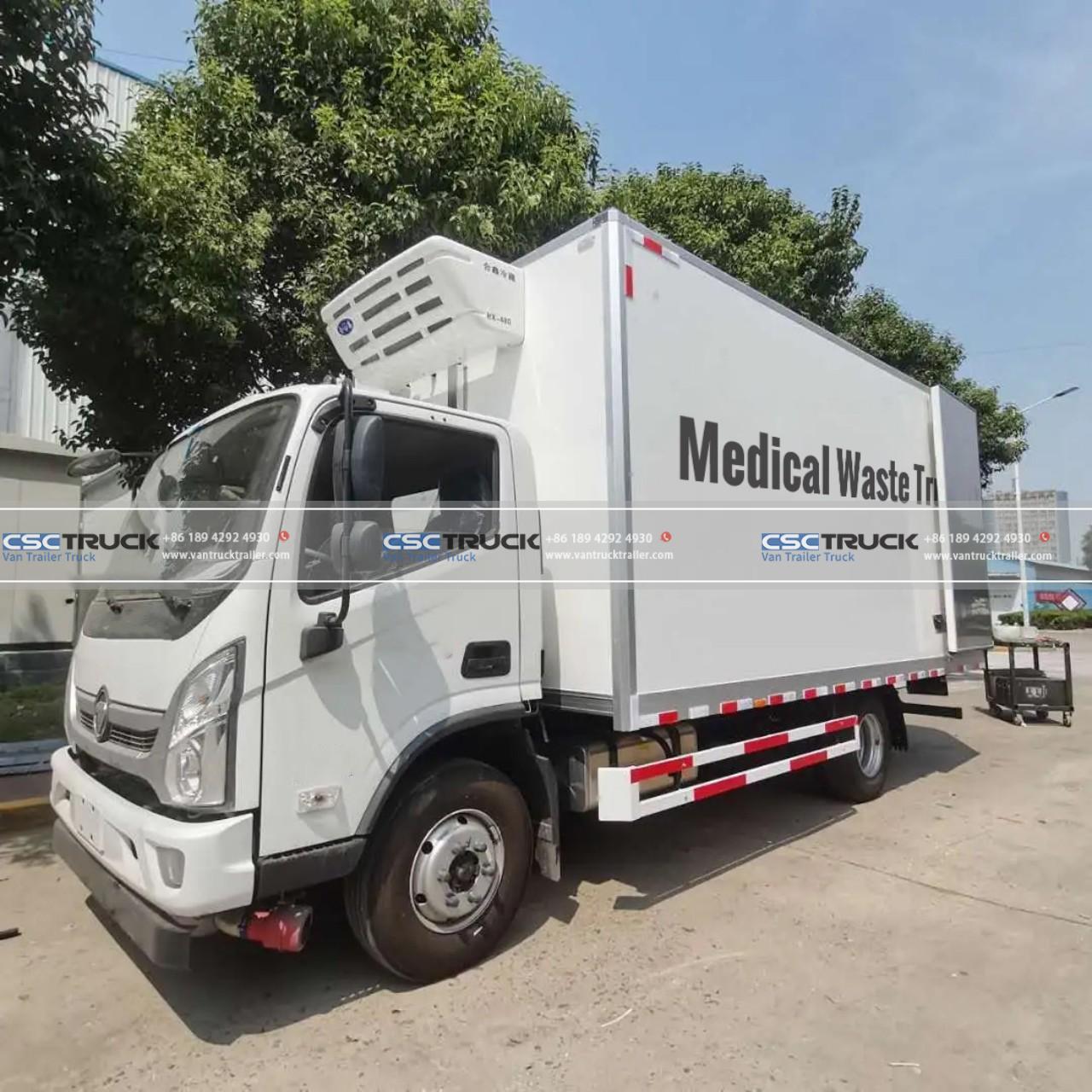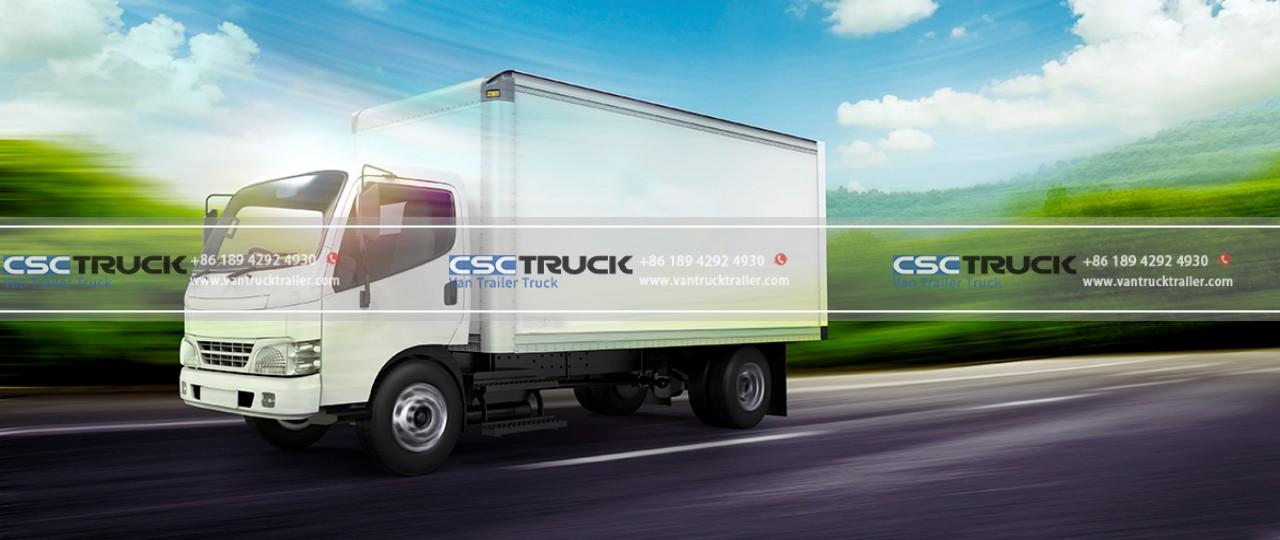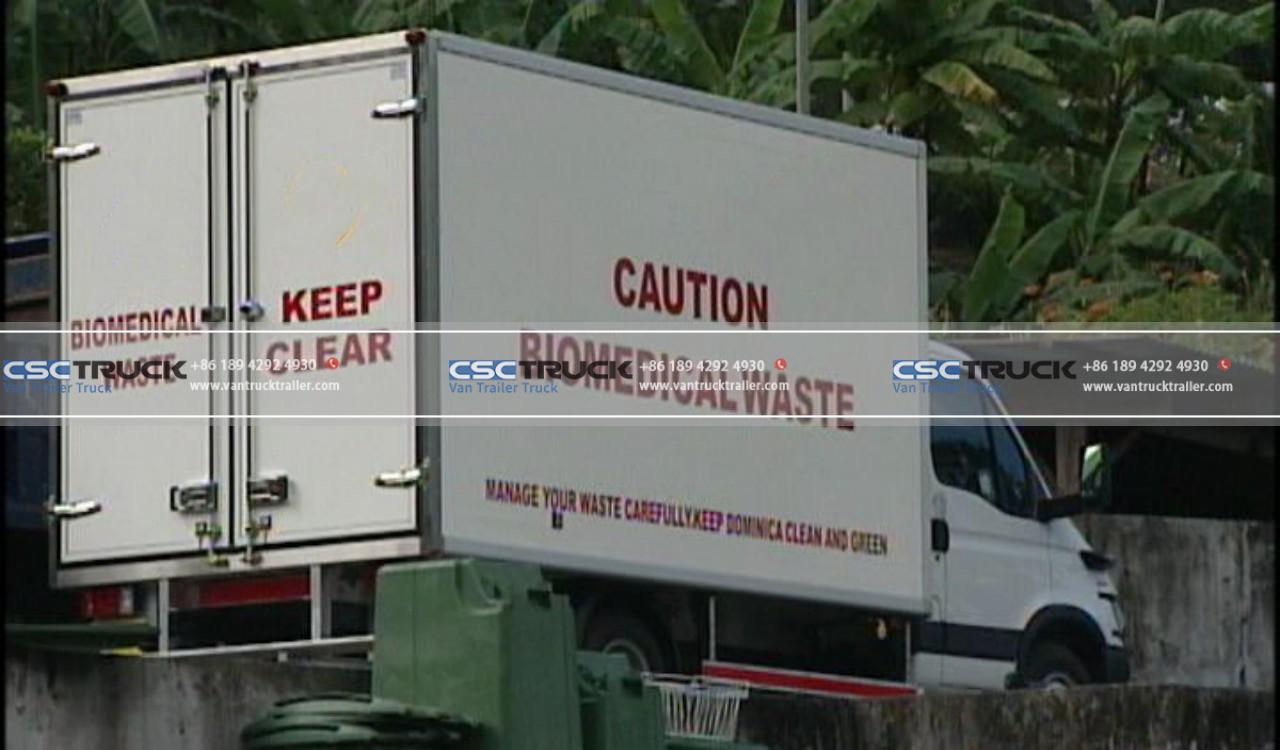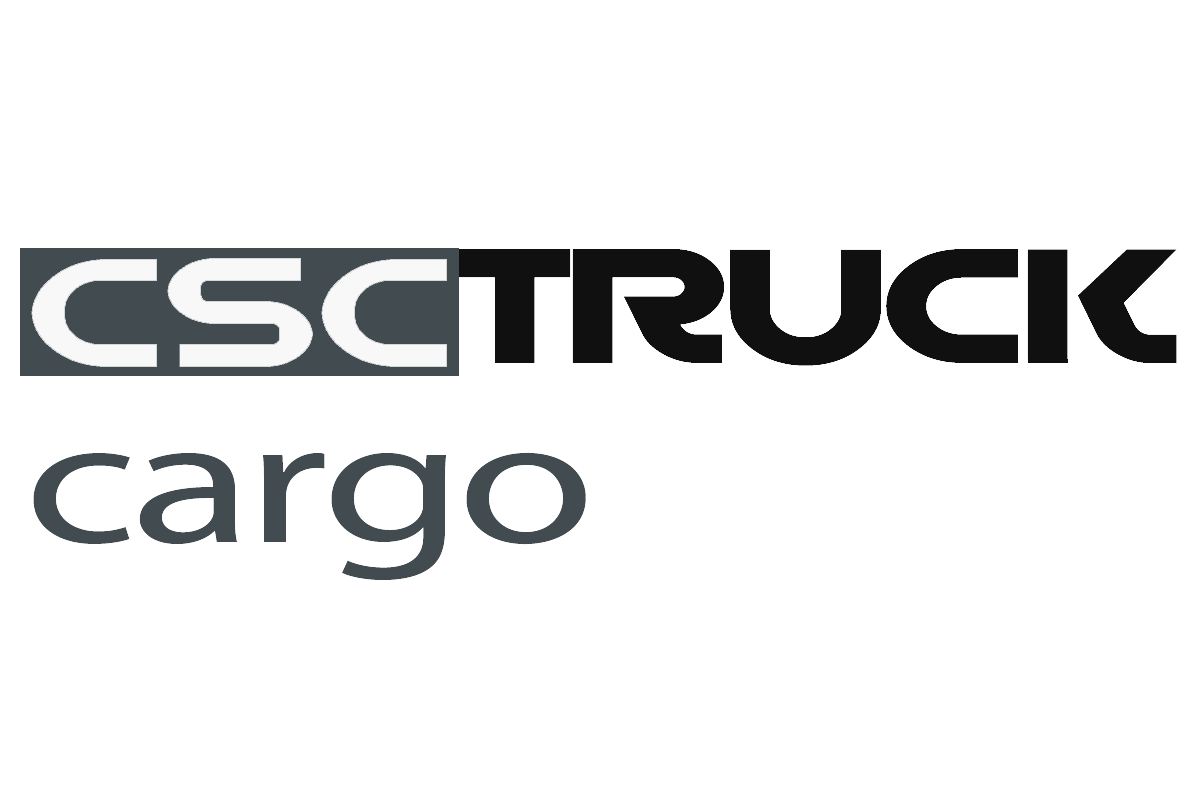Medical waste is a significant concern for healthcare facilities, as it can pose serious health risks to both healthcare workers and the general public if not handled properly. One crucial aspect of medical waste management is the safe handling and transportation of medical waste from healthcare facilities to treatment and disposal sites. Medical waste trucks play a vital role in this process, ensuring that the waste is securely transported and following all necessary safety measures. In this article, we will explore the safety measures that should be followed when handling medical waste in a medical waste truck.
- Proper Training and Education:
The first and foremost safety measure for handling medical waste in a medical waste truck is ensuring that all personnel involved are properly trained and educated. Drivers and waste management staff should receive comprehensive training on the handling, packaging, and transportation of medical waste. They should be aware of the potential hazards associated with different types of medical waste and the appropriate protocols to mitigate those risks. Regular refresher training sessions should be conducted to ensure that all staff members stay updated on the latest safety procedures and regulations.
- Personal Protective Equipment (PPE):
Personal protective equipment is essential when handling medical waste. All personnel working with medical waste should be equipped with the appropriate PPE, including gloves, masks, goggles, and disposable gowns. These protective gear items serve as a barrier between the waste and the individual, reducing the risk of exposure to pathogens and other harmful substances. It is crucial to ensure that PPE is of high quality, properly fitted, and regularly replaced to maintain its effectiveness.
- Proper Packaging and Labeling:
Medical waste should be correctly packaged to prevent leaks, spills, and contamination during transportation. Sharps, such as needles and scalpels, should be placed in puncture-resistant containers. Liquid waste should be stored in tightly sealed, leak-proof containers. Solid waste should be placed in sturdy bags or containers that are resistant to tearing. Additionally, all containers should be clearly labeled with appropriate biohazard symbols and warning signs to alert individuals about potential hazards.

- Segregation of Waste:
Proper segregation of medical waste is vital to prevent cross-contamination and ensure safe handling. Different categories of medical waste, such as sharps, infectious waste, pharmaceutical waste, and chemical waste, should be separately segregated and stored. This reduces the risk of accidental exposure and allows for more efficient and specialized disposal methods. Medical waste trucks should have designated compartments or areas for each type of waste to maintain segregation during transportation.
- Adequate Ventilation:
Medical waste trucks should have adequate ventilation systems to prevent the accumulation of odors, fumes, and potentially harmful gases. Ventilation helps to maintain a safe working environment for the personnel inside the truck and prevents the spread of unpleasant odors to the surrounding areas. Proper airflow also reduces the risk of exposure to airborne pathogens and infectious materials.
- Regular Maintenance and Cleaning:
Medical waste trucks should undergo regular maintenance and cleaning to ensure their safe operation. All waste storage areas, compartments, and containers should be regularly cleaned and disinfected to prevent the buildup of contaminants and reduce the risk of infection. Proper maintenance of the truck’s mechanical systems, such as hydraulic lifts and refrigeration units, is crucial to prevent accidents and ensure the proper functioning of equipment during waste handling and transportation.

- Compliance with Regulations:
Medical waste management is subject to various local, state, and federal regulations. Medical waste truck operators need to be familiar with and comply with these regulations. This includes obtaining the necessary permits and licenses, adhering to waste disposal guidelines, and maintaining proper documentation and records of waste transportation. Compliance with regulations helps to ensure the safe and legal handling of medical waste and protects the environment and public health.
In conclusion, handling medical waste in a medical waste truck requires strict adherence to safety measures to protect the health and well-being of healthcare workers, the public, and the environment. Proper training and education, the use of personal protective equipment, and the correct packaging and labeling of medical waste are essential steps to minimize the risk of exposure to hazardous materials.
Segregation of waste, both within the medical waste truck and at the healthcare facility, helps to prevent cross-contamination and enables specialized disposal methods. Adequate ventilation in the truck ensures a safe working environment, while regular maintenance and cleaning are necessary to keep the vehicle in optimal condition and prevent the accumulation of contaminants.



